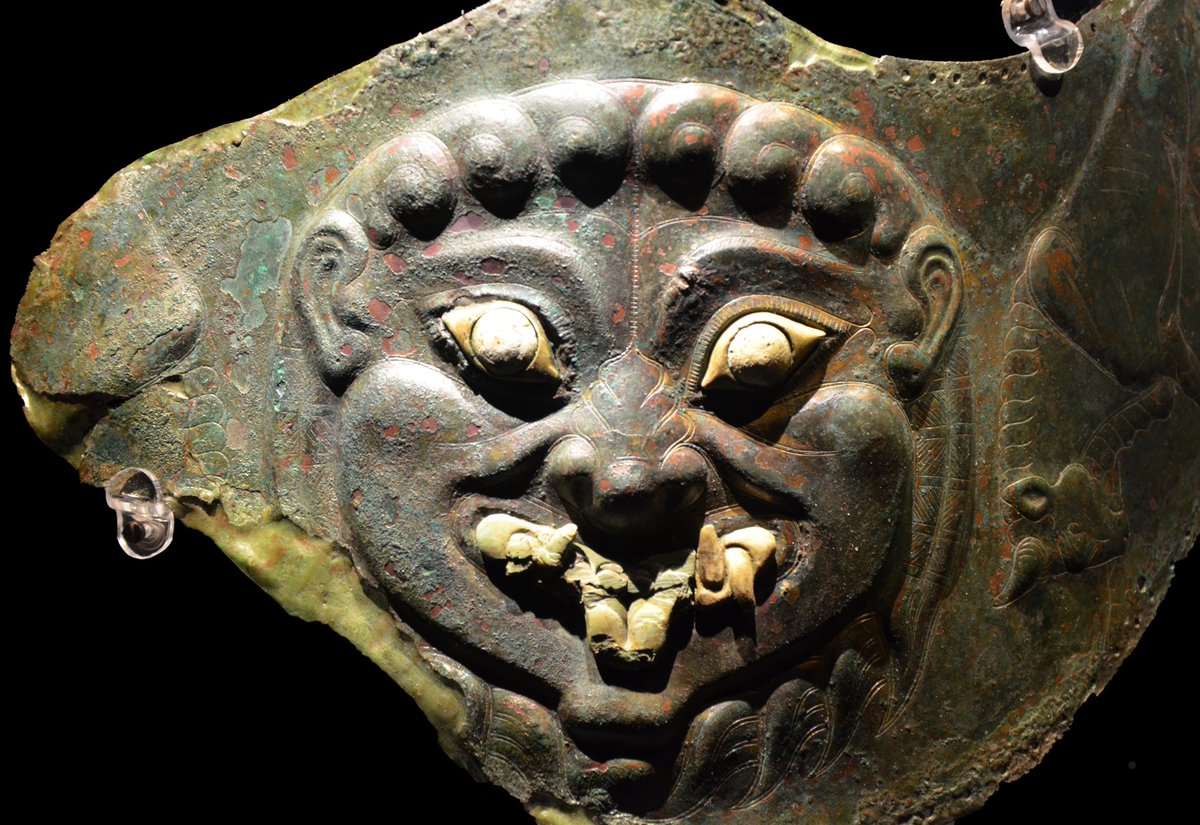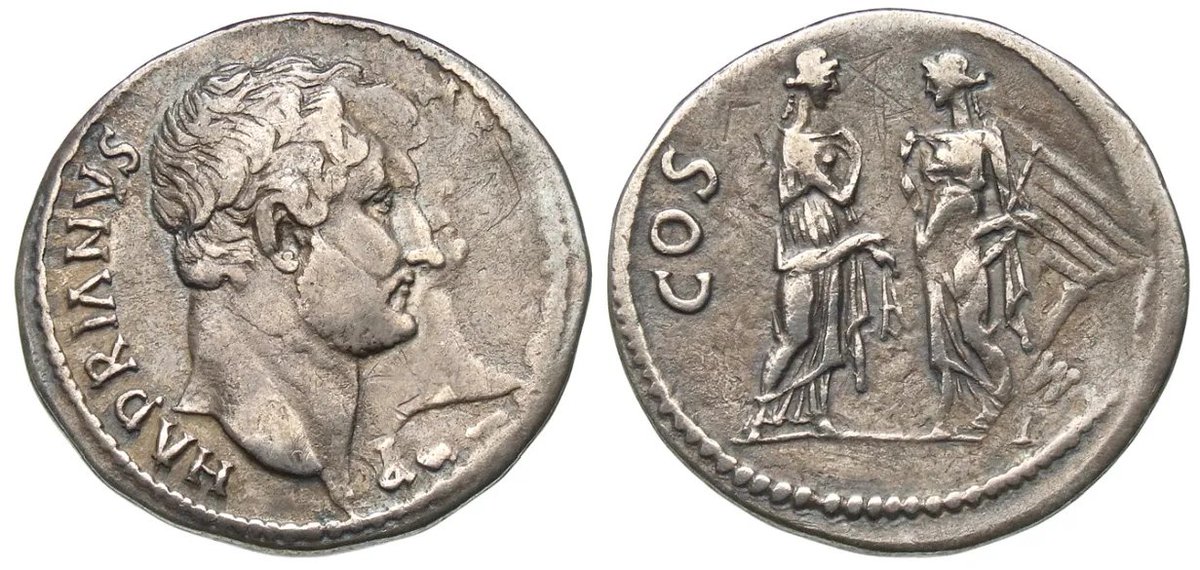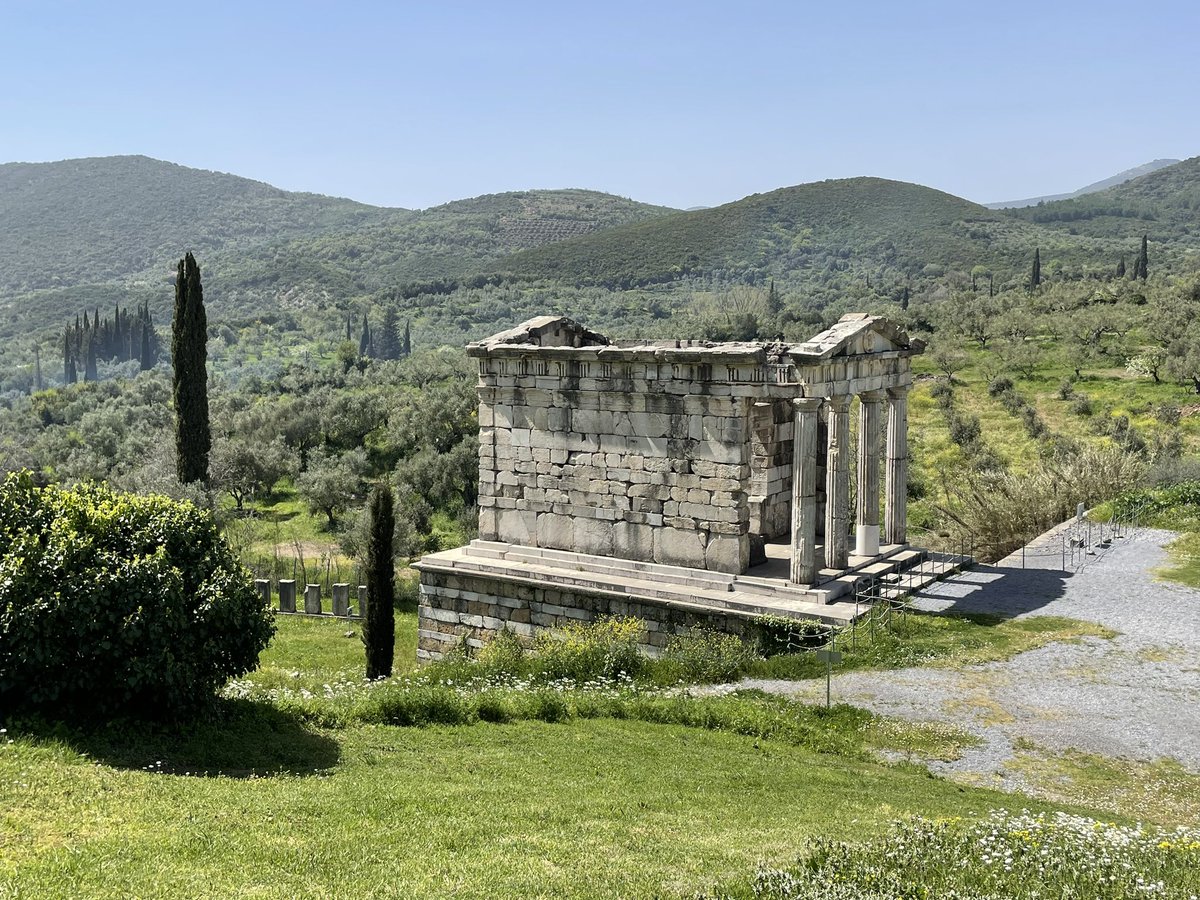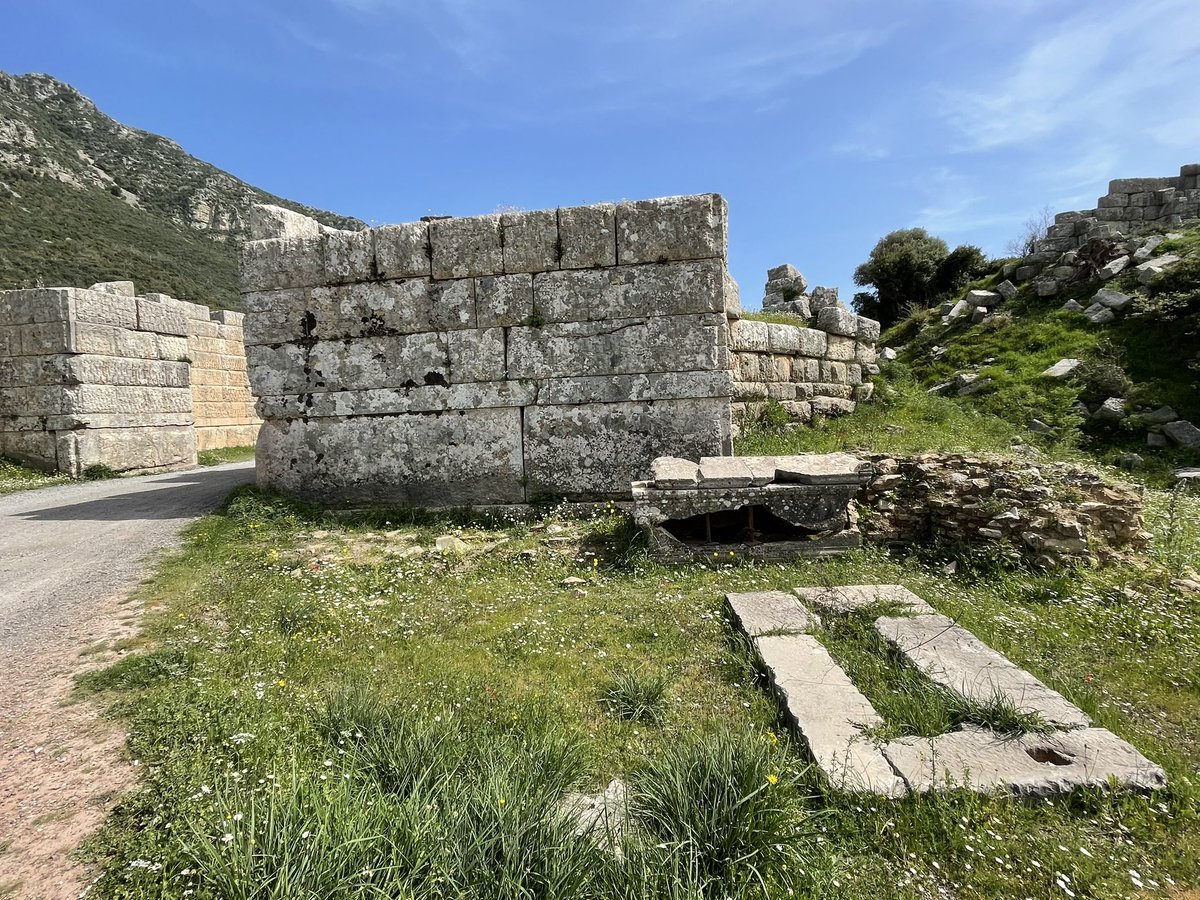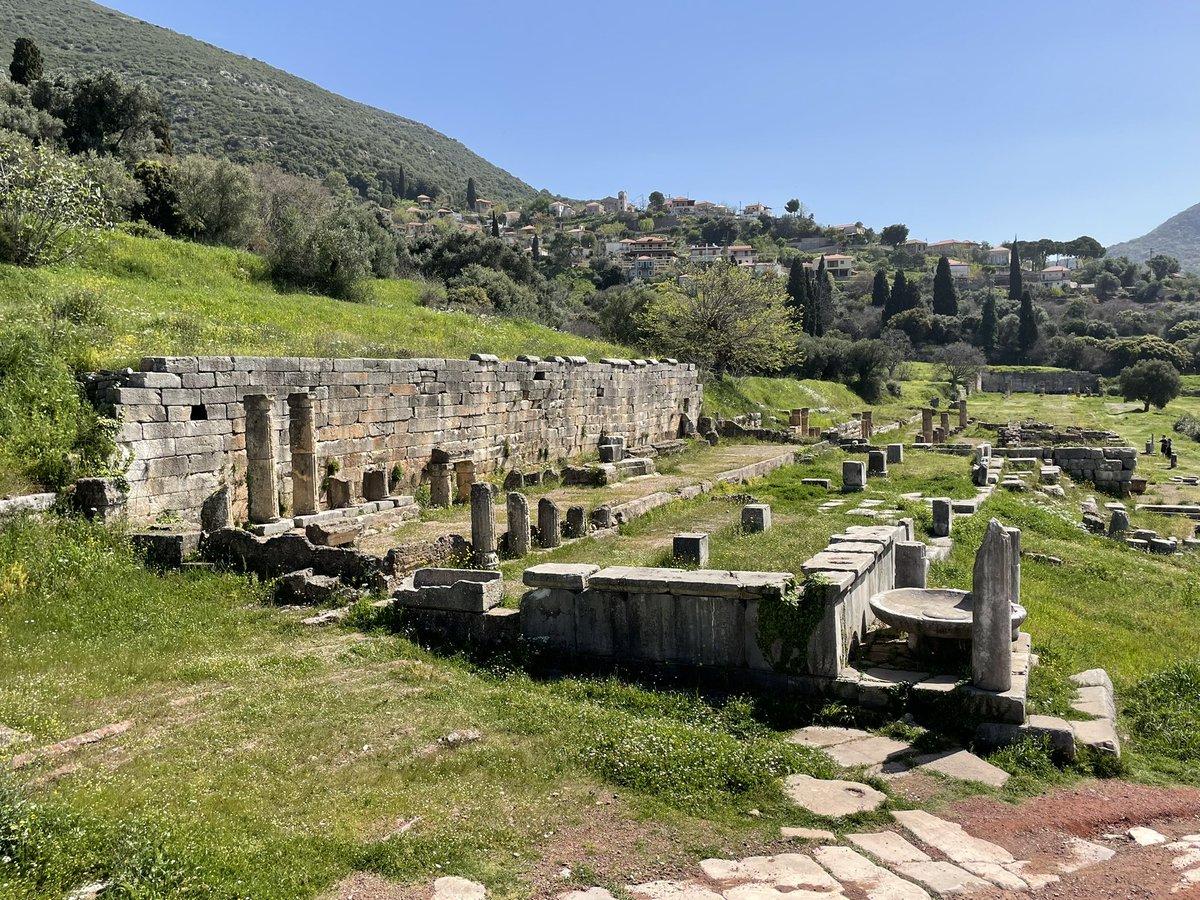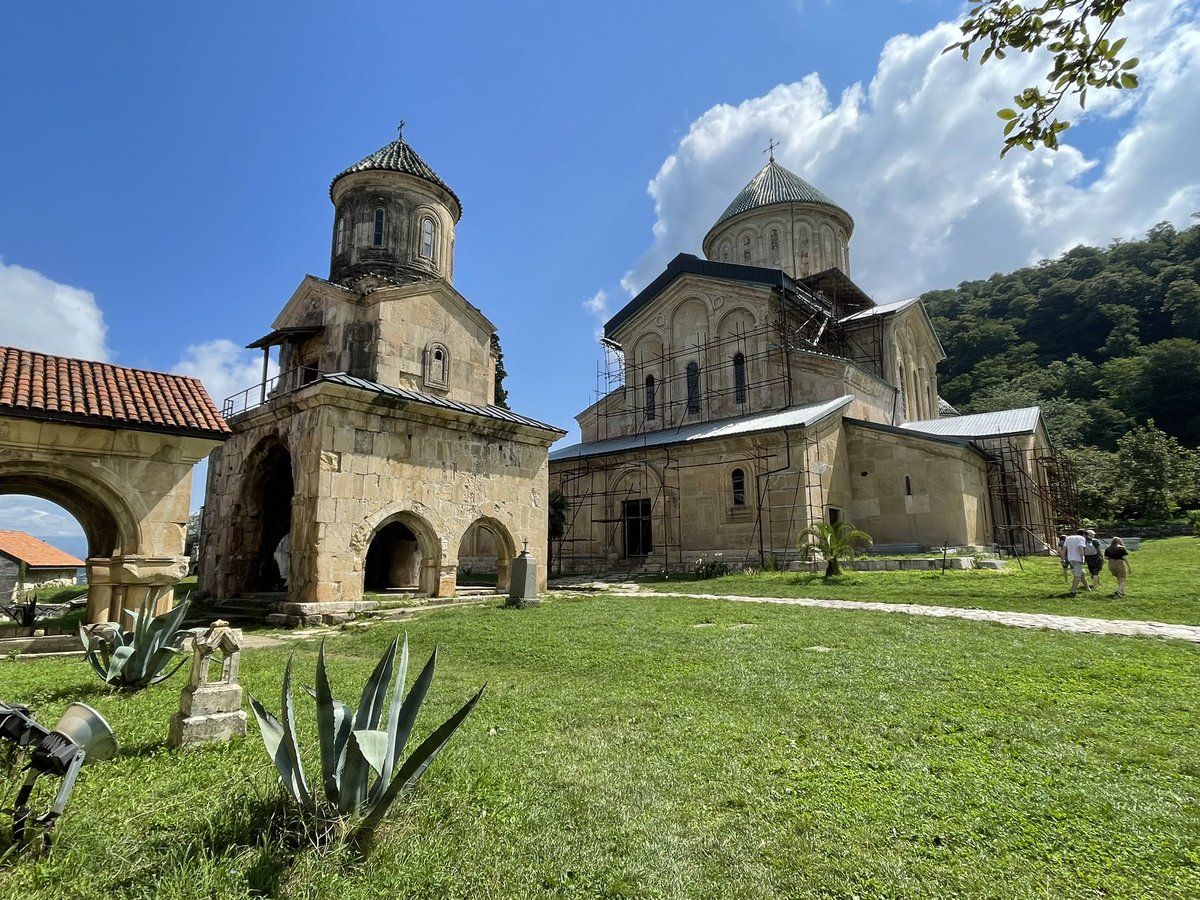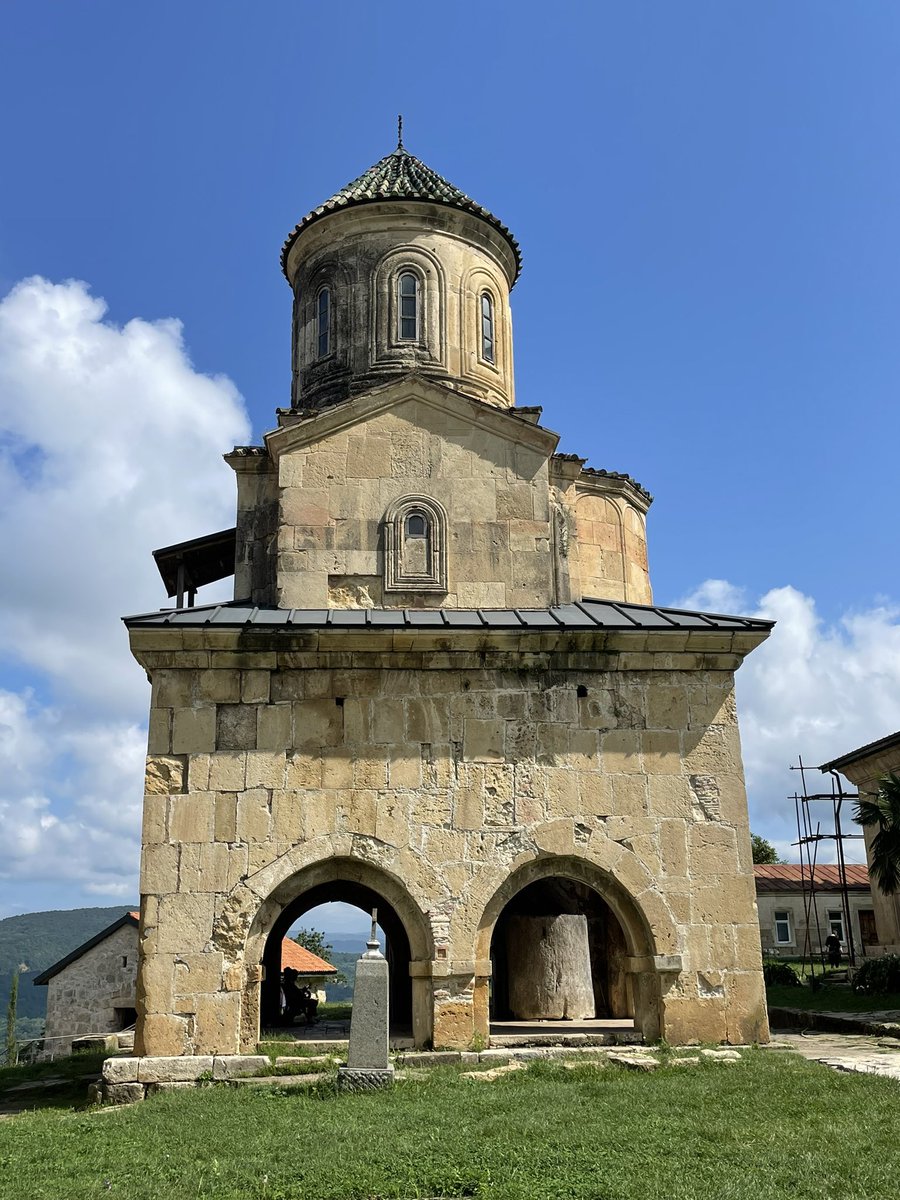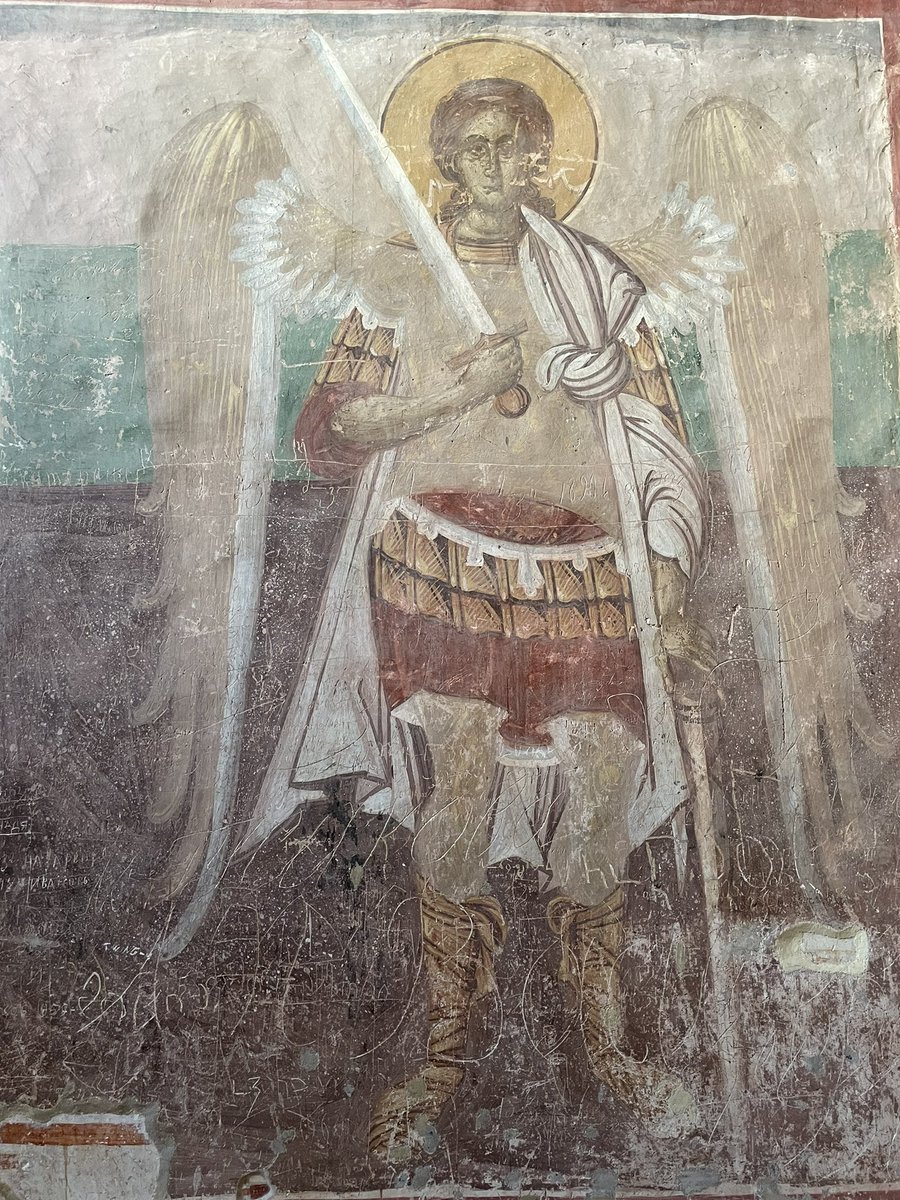THREAD 👇🏻
Celebrating #Halloween 🎃👻 with some ancient monsters. Let's start with the Gorgon, perhaps the best-known monster from Classical Mythology. The snake-haired Medusa was one of the three Gorgons. Anyone who looked at her face was turned to stone.
#ClassicalMonsters



Celebrating #Halloween 🎃👻 with some ancient monsters. Let's start with the Gorgon, perhaps the best-known monster from Classical Mythology. The snake-haired Medusa was one of the three Gorgons. Anyone who looked at her face was turned to stone.
#ClassicalMonsters




The Minotaur was a bull-headed monster that devoured human flesh deep within the twisting maze of the Labyrinth. It was the offspring of the Cretan Queen Pasiphae and a snow-white bull. The monster was eventually slain by the Athenian hero Theseus.
#ClassicalMonsters #Halloween



#ClassicalMonsters #Halloween

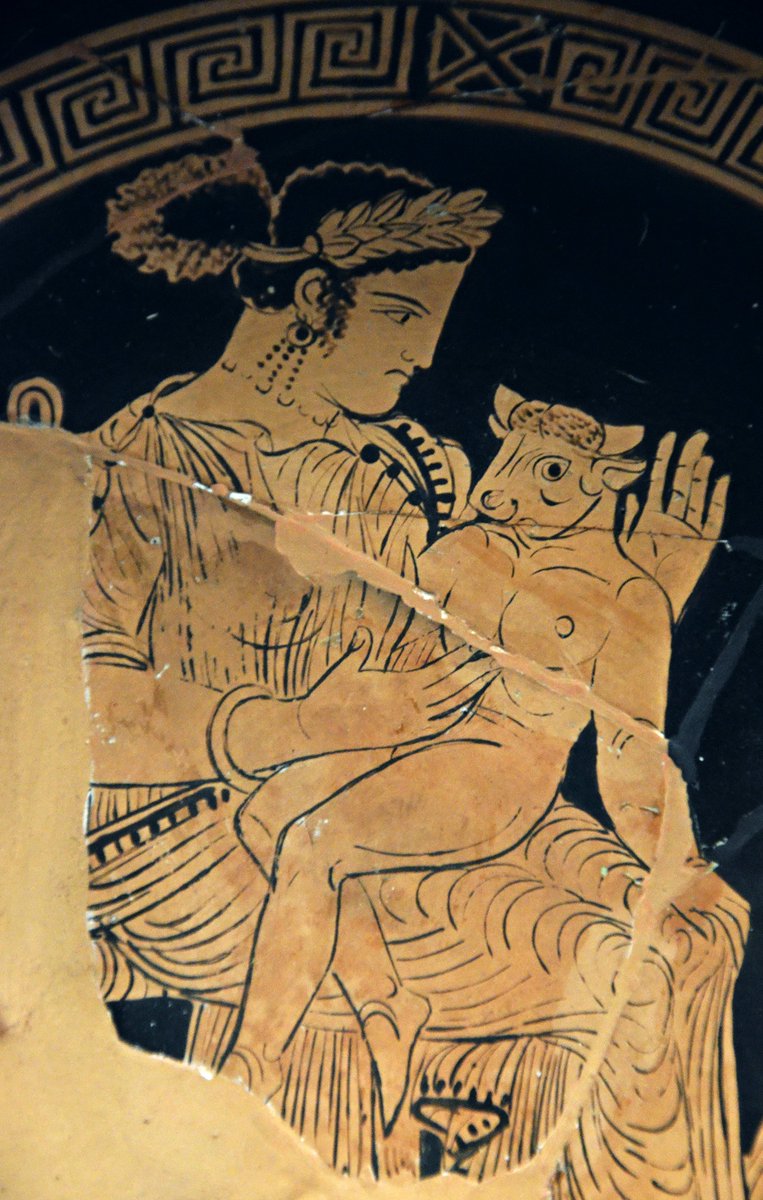
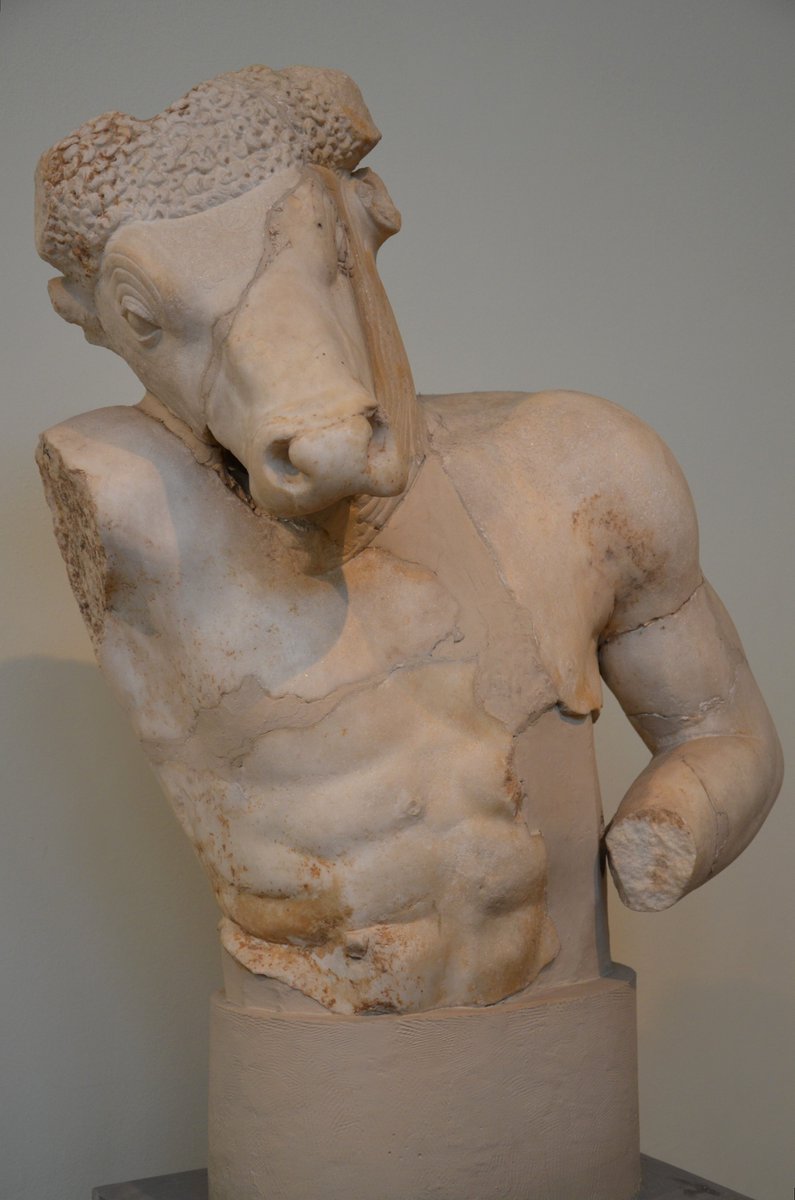
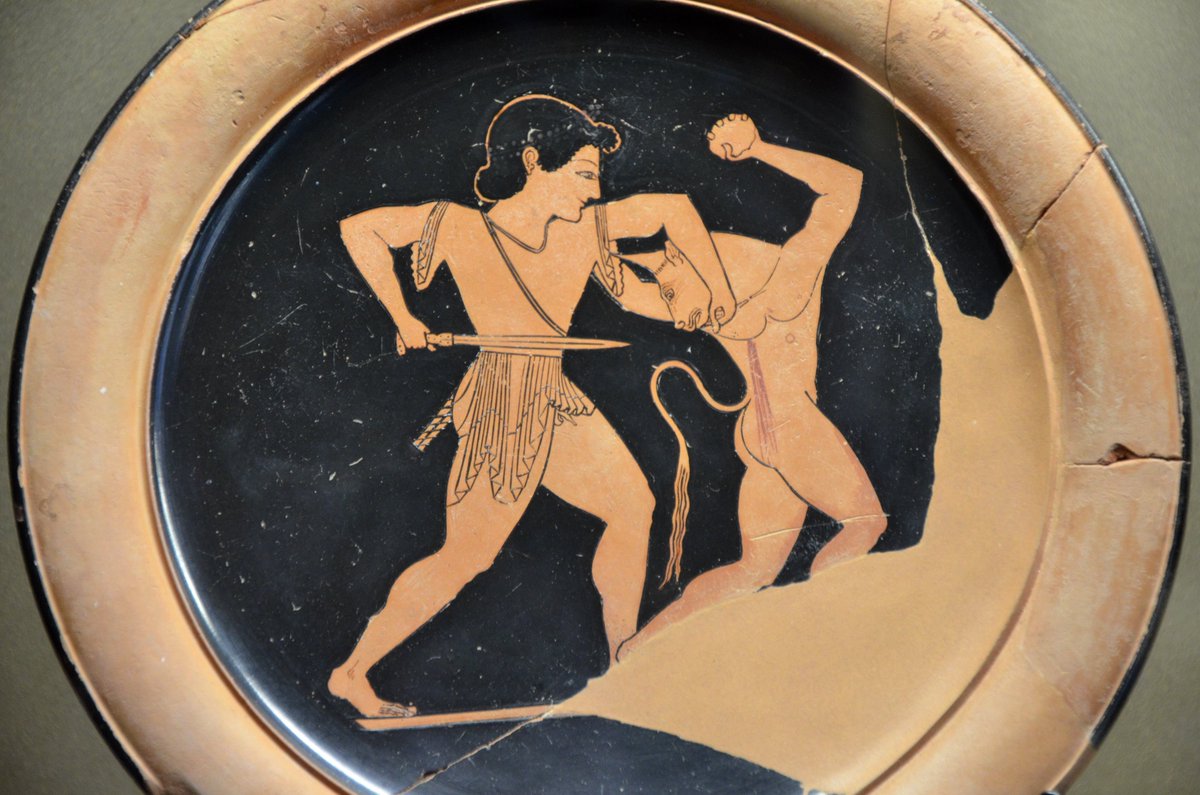
The Ketos was a huge sea creature sent by Poseidon to ravage the land of Aethiopia after Queen Kassiopeia boasted that her daughter Andromeda was more beautiful than the Nereids. Perseus slew Ketos to save Andromeda from being sacrificed to it.
#ClassicalMonsters #Halloween

#ClassicalMonsters #Halloween


Typhon was the most powerful of all Greek monsters. He was a winged giant with the head, arms, and torso of a man, had pointed ears, a filthy beard, and his bottom half consisted of two coiled serpents. He was the source of devastating storms.
#ClassicalMonsters #Halloween
#ClassicalMonsters #Halloween

The Chimera was a ferocious fire-breathing hybrid monster from Lycia in Asia Minor. It is usually depicted with a lion body, a goat head on its back and a tail that ends with a snake's head. The Chimera was killed by Bellerophon.
#ClassicalMonsters #Halloween


#ClassicalMonsters #Halloween



Polyphemus was a one-eyed man-eating Cyclops giant. In an episode of Homer's Odyssey, Odysseus encounters Polyphemus, gets him drunk on wine, and drive a small sharpened stake into Polyphemus' only eye, blinding him.
#ClassicalMonsters #Halloween


#ClassicalMonsters #Halloween



Scylla was a sea monster who haunted one side of a narrow channel of water (Strait of Messina), opposite her counterpart Charybdis. Ships that sailed too close to Scylla would lose men.
The idiom between Scylla and Charybdis derives from their myths.
#ClassicalMonsters #Halloween
The idiom between Scylla and Charybdis derives from their myths.
#ClassicalMonsters #Halloween

The Hydra was a serpent-like water monster with many heads. It was so poisonous that it could kill men with its breath. The Hydra of Lerna was killed by Hercules as the second of his Twelve Labours.
#ClassicalMonsters #Halloween



#ClassicalMonsters #Halloween




Cerberus was a monstrous watchdog with three heads that guarded the entrance to the underworld. He devoured anyone who tried to escape Hades, and refused entrance to living humans, though Orpheus gained passage by charming him with his lyre.
#ClassicalMonsters #ClassicsHalloween


#ClassicalMonsters #ClassicsHalloween
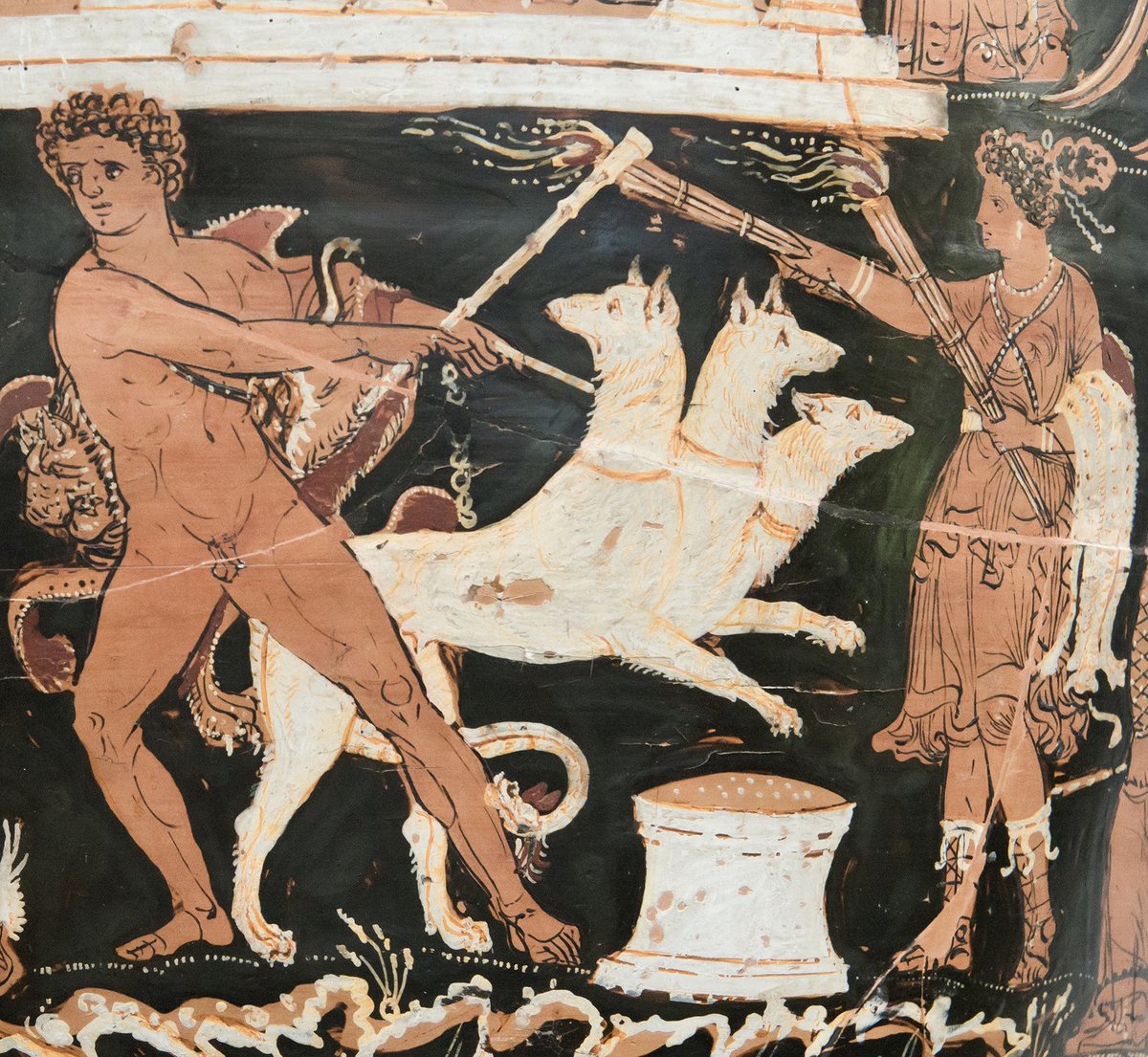


The Griffin was a bird-like beast with the head and wings of an eagle (sometimes wingless) and the body of a lion. It was a favourite decorative motif in the in the Levant and Mediterranean lands.
#ClassicalMonsters #Halloween



#ClassicalMonsters #Halloween




• • •
Missing some Tweet in this thread? You can try to
force a refresh



